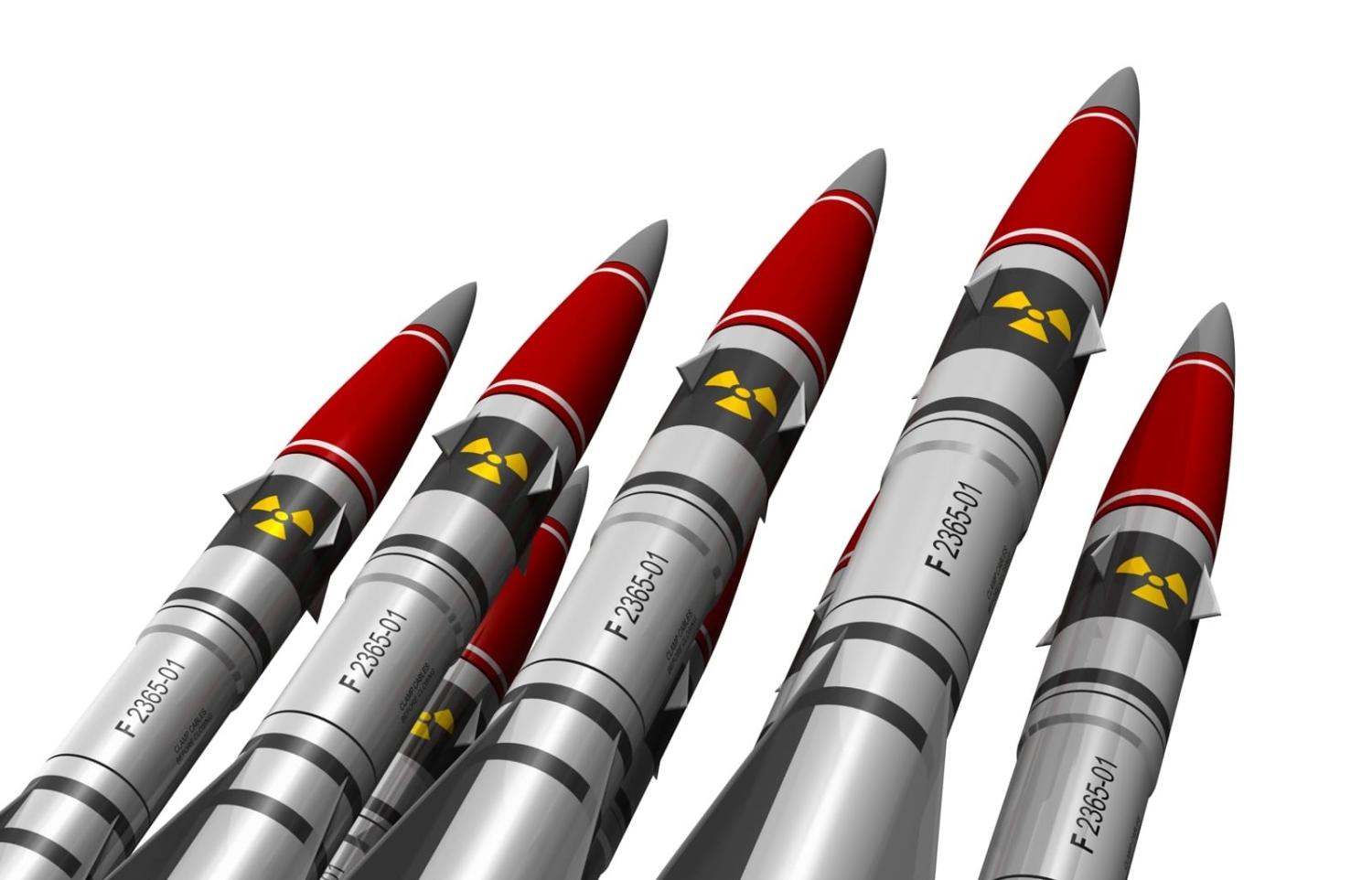Australia should again take a leadership role in nuclear diplomacy, working with regional neighbours, to reduce nuclear threats in the Indo-Pacific through confidence building and preventive diplomacy measures.
This was the call in an open letter to Prime Minister Anthony Albanese published this week by a cross-party and expert group of prominent Australians in the fields of public policy and nuclear security, urging the government to act to stem the rising tide of global nuclear threats – threats mostly generated today in the Indo-Pacific.
The seriousness of the danger has been acknowledged by regional leaders, including Australia’s prime minister. But it has yet to receive the high-level political attention it demands.
Eight of the world’s nine nuclear-armed states have strategic stakes in our region. Tensions among these nuclear players continue to rise, and the price of nuclear mistakes, or worse, intentional use of nuclear weapons, could be existential.
The numbers illustrate the danger.
According to the Stockholm International Peace Research Institute, the United States and Russia still have between them a nuclear inventory of some 11,000 weapons. While the bulk of these weapons are linked to US–Russia nuclear deterrence, they cast a long shadow over the Indo-Pacific.
China has more than 400 weapons in its arsenal, with the number continuing to grow. And it is growing its strategic missile numbers at an even faster rate.
India and Pakistan, which both declared their nuclear status 25 years ago, have more than 150 weapons each and are gradually growing their stocks.
North Korea joined the ranks of nuclear-armed states in 2006 and is thought now to have some 30 weapons. It has been developing missile delivery systems that threaten not only its neighbours but now can threaten mainland North America.

Added to this list are those from Europe engaging under NATO’s “Look East” policy. France remains a nuclear-armed state, with territories in the Pacific and global strategic reach.
And the United Kingdom has reasserted its interests in the Indo-Pacific, with recently announced decisions to maintain a “persistent” naval presence in the region, including deployment of nuclear-propelled submarines. But it is not just the number of nuclear weapons that are threatening.
Long gone are the days of the relative simplicity of the bipolar world of two opposing blocs with a degree of stability arising from the doctrine of Mutually Assured Destruction. The multi-polar nuclear world of the Indo-Pacific is an even more dangerous place.
And additional nuclear complexity arises from the expectations of states benefiting from “ironclad treaty alliances” that the United States extends to Australia, Japan, South Korea, the Philippines and Thailand.
Both South Korea and Japan have expressed concern about the reliability of US strategic assurances, and both could build nuclear weapons quickly should they take that decision. Australia’s nuclear diplomacy must also address those proliferation pressures.
In his June Shangri-La Dialogue address, Prime Minister Albanese spoke of “guardrails” to reduce nuclear threats. There is now a 70-year legacy of nuclear arms control, disarmament and threat management arrangements: some global and many specific to the bipolar nuclear world of the Cold War.
But the legacy is very much skewed to the Western hemisphere.
Global instruments to stop the spread of nuclear weapons and to cap nuclear weapon testing have been very successful – but there are big gaps in these regimes in the Indo-Pacific.
Three of the four countries to reject the Nuclear Non-Proliferation Treaty, designed to prevent the further spread of nuclear weapons, are in this region: India, Pakistan and North Korea. The formal entry into force of the global ban on nuclear weapon testing is blocked by eight countries in two areas of regional tension – the Middle East and the Indo-Pacific.
Widely supported proposals for a global ban on the production of materials used to make nuclear weapons – highly enriched uranium and plutonium – are also resisted by those in our region still growing their nuclear arsenals.
While remaining hugely important, global mechanisms must be supplemented by regional mechanisms. Even basic tools for crisis management such as hotlines are either unevenly maintained or non-existent.
The ASEAN Regional Forum brings together all relevant Indo-Pacific players but has had limited success in moving beyond information exchange to confidence building measures – and preventive diplomacy remains a distant ambition.
The East Asia Summit also engages all key Indo-Pacific strategic nuclear parties, but it has yet to become a mechanism for addressing security challenges, let alone reducing nuclear threats.
Nevertheless, Australia has a solid record of institution building from APEC through to its strong engagement with the ASEAN-led arrangements that have done much to establish the habits of regional dialogue.
The ambition now must be directed to strengthening the regional architecture to enable it to address nuclear threats. This will need a big vision and many small steps.
In the past, Australia had a deserved record of support for practical international measures for curbing nuclear proliferation and arms control. The call for Australia to return to an active nuclear diplomacy is a call for a return to a commitment to good international citizenship as a core aspect of enlightened national self-interest.
Nuclear arms control must be on the agenda with nuclear-armed states – most immediately in Australian exchanges with the United States and China.
But others must be engaged.
Australia has frequently collaborated with Japan on global arms control agendas, including the 2010 International Commission on Nuclear Non-proliferation and Disarmament, co-chaired by former foreign ministers Gareth Evans (a signatory to the open letter) and Yoriko Kawaguchi.
Indonesia, as a hugely respected regional player and long-time non-aligned movement coordinator on nuclear disarmament, would be another key partner.
Today, what is left of Australia’s long-neglected nuclear diplomacy is preoccupied with defending the nuclear-powered submarine project.
Time now for a revival of its nuclear diplomacy with an ambition to reduce and eliminate nuclear threats in the Indo-Pacific.

